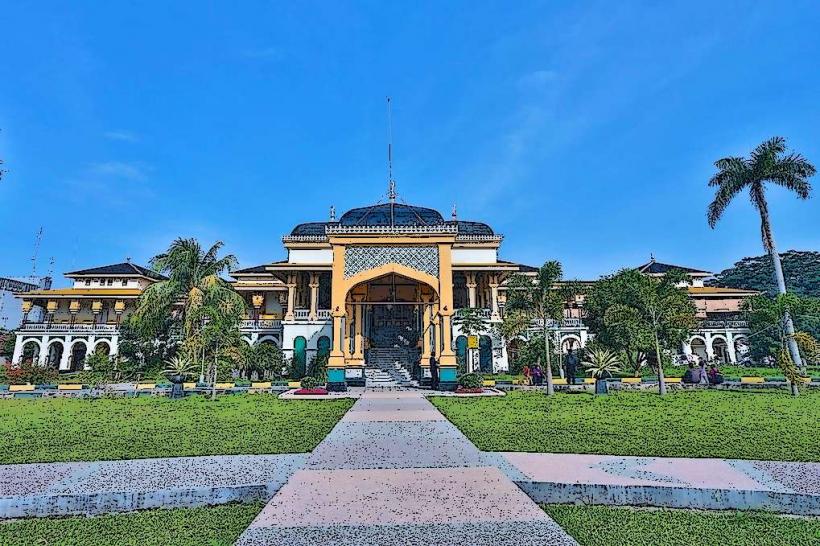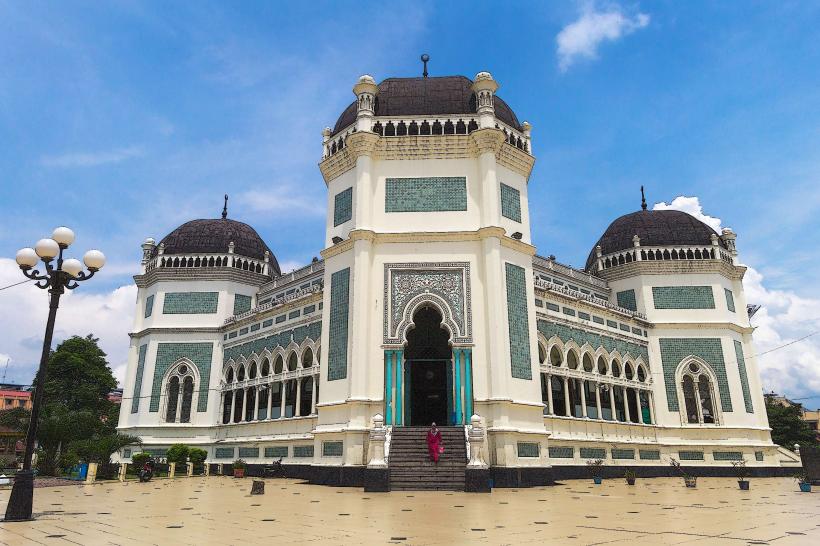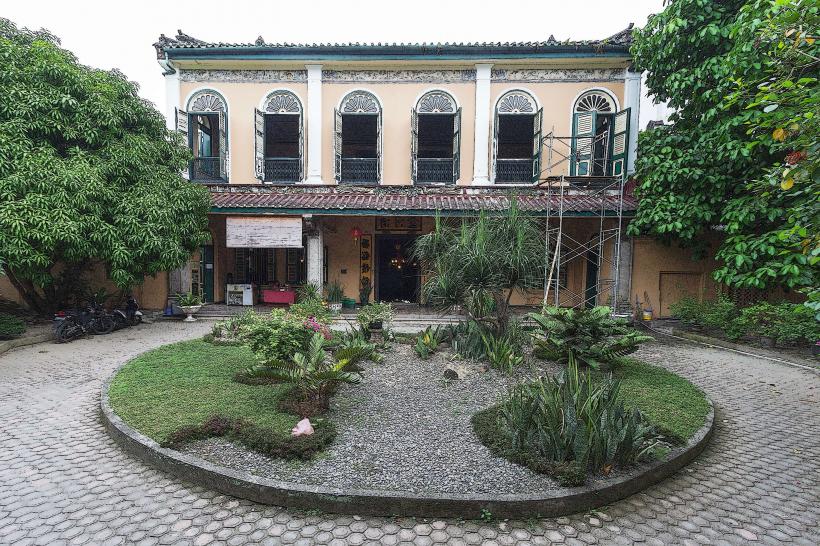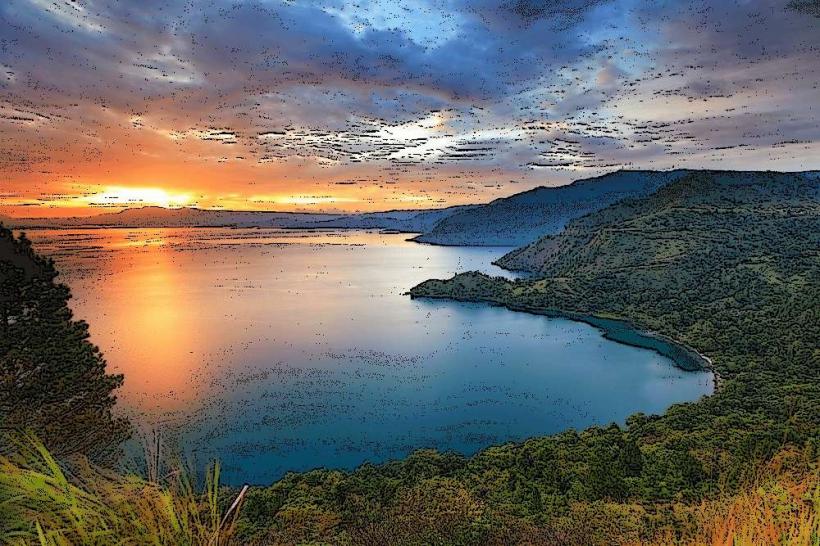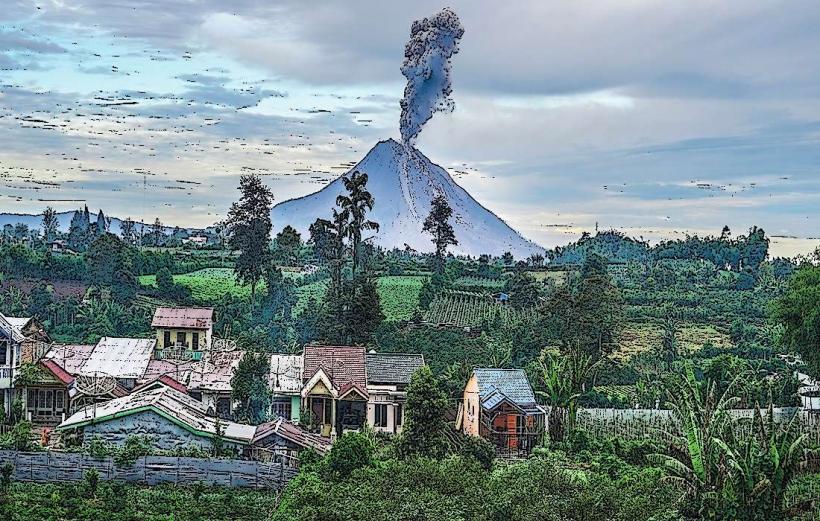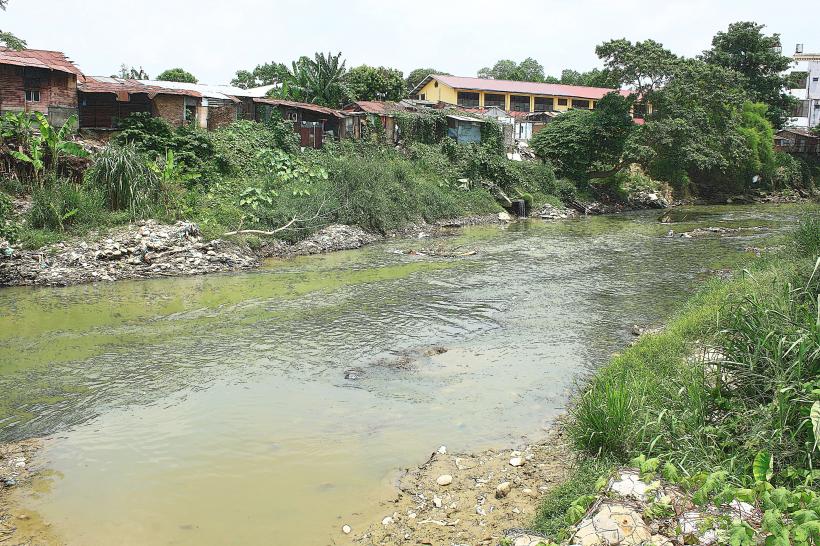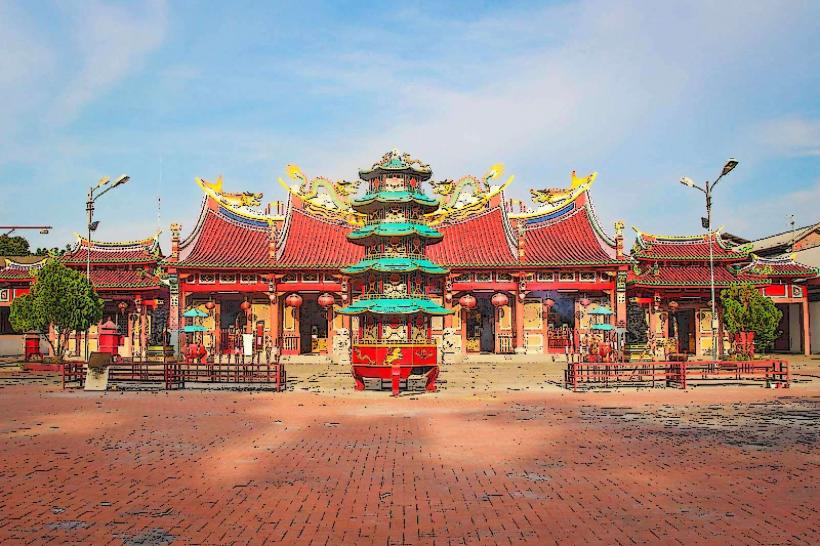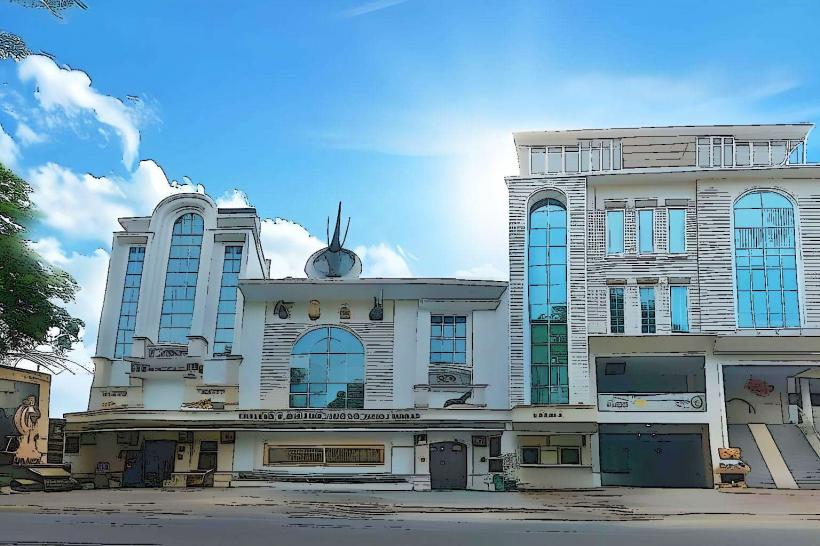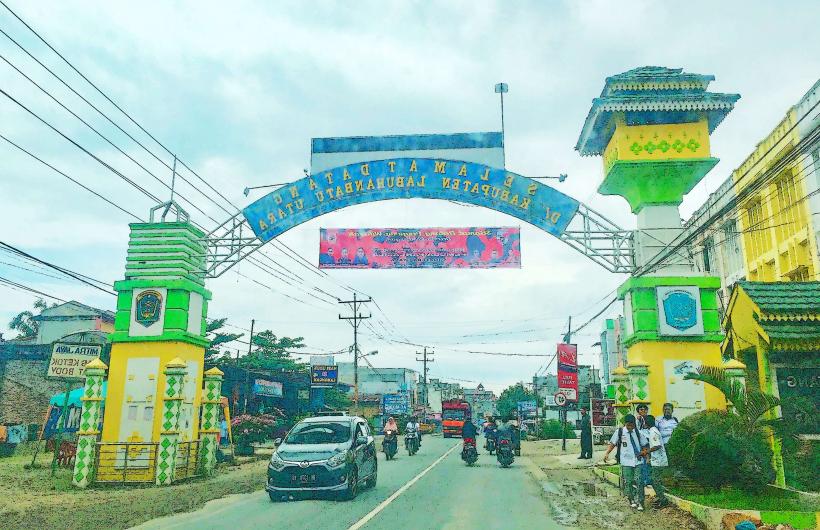Information
Landmark: Gunung SibayakCity: Medan
Country: Indonesia
Continent: Asia
Gunung Sibayak, Medan, Indonesia, Asia
Overview
Gunung Sibayak-locals call it Mount Sibayak-rises as an active stratovolcano in the highlands of North Sumatra, Indonesia, where steam curls from its rocky vents, consequently this well-known volcano draws hikers from all over, thanks to its easy trails and sweeping views of the valley below, sort of Gunung Sibayak rises 2,213 meters (7,260 feet) above sea level near Berastagi in North Sumatra, about 66 km south of Medan, Indonesia’s third-largest city, at the same time this steep-sided stratovolcano, built from layers of hardened lava and ash, is still active-its crater hisses with sulfurous steam, and fumaroles vent scorching gases through modest cracks in the rock.Trekkers and adventure seekers flock here, drawn by its dramatic landscape and the relatively easy climb compared to other Indonesian peaks, alternatively these gases help form sulfur deposits in the surrounding area, and Sibayak’s volcanic heat also feeds nearby sizzling springs, where steam curls into the cool air and the mineral-rich water is prized for its soothing effects.After hiking the mountain, visitors can sink into the warm, steaming warm pools and let their muscles loosen, as well as the volcano itself rises with several lava domes and yawning craters, and at the summit lies a crater lake where sulfur bubbles to the surface.Trekking to the top of Gunung Sibayak remains one of Berastagi’s favorite adventures, meanwhile the mountain’s trail is short, yet it rewards you with sweeping views from the rocky summit.Most hikers start the climb up Gunung Sibayak from Sibayak Village at the mountain’s base, likewise the journey takes anywhere from two to four hours, depending on your pace and where you begin.The trail is clear but grows steep near the top, winding through dense forest, jagged volcanic slopes, and cool streams, at the same time in the final stretch, you’ll scramble over loose volcanic rock as fumaroles hiss and the sharp scent of sulfur hangs in the air.At the summit, sweeping views reveal the crater, the town of Berastagi, and distant Mount Sinabung, consequently steam vents puff steadily, and yellow sulfur deposits cling to the rocks.On a vivid, cloudless day, you can discover the wide Karo Plateau and other volcanic peaks on the horizon, at the same time the dry season, from May to October, is best for the trek, when the ground stays firm and the air is cooler.Setting out at dawn lets you watch the sunrise or avoid the midday heat, not only that afterward, soak in nearby scorching springs like Lau Debuk-debuk or Lau Kawar.These natural thermal baths invite you to slip into steaming, sulfur‑rich water that carries a faint, earthy scent and is believed to soothe both body and mind, moreover lake Lau Kawar, nestled at the foot of Mount Sinabung, offers a quiet escape where you can spread a blanket under shady trees and enjoy a peaceful picnic.Somehow, Water from volcanic springs feeds the lake, and dense green foliage spills down its banks toward quiet, open meadows, alternatively after hiking Gunung Sibayak, you can wander through Berastagi, a breezy highland town rich in traditional Batak culture and the scent of fresh passion fruit from the market stalls.Don’t miss Berastagi’s lively fruit markets, where crates of strawberries, glowing oranges, and fragrant passion fruit spill over the wooden stalls, also safety note-Volcanic Activity: Gunung Sibayak is still active, but it hasn’t erupted in years; you can, however, discover thin curls of steam rising from its vents.Before you set out, check with local authorities or a guide for the latest volcanic activity updates, not only that at higher altitudes, the air turns sharp and chilly, and the wind can whip hard near the summit.Honestly, Bring the right hiking gear-sturdy shoes that grip the rocky path, warm layers for the chill, and sun protection for the blazing midday light, while for safety, it’s best to hire a local guide; they learn every twist of the trail and the volcanic hazards it hides.Gunung Sibayak belongs on every nature lover’s and adventurer’s list in North Sumatra, then with its easy-to-navigate trail and sweeping views of the volcano’s shadowy, jagged slopes, it’s a top pick for both first-time and seasoned hikers.Actually, Steaming warm springs and rich cultural encounters make Berastagi even more inviting, furthermore you might trek to the summit for its sweeping mountain views, wander through jagged volcanic rock, or soak in the warmth of nearby warm springs, but whatever you choose, Gunung Sibayak delivers an experience you won’t forget in the heart of Sumatra.
Author: Tourist Landmarks
Date: 2025-09-12

